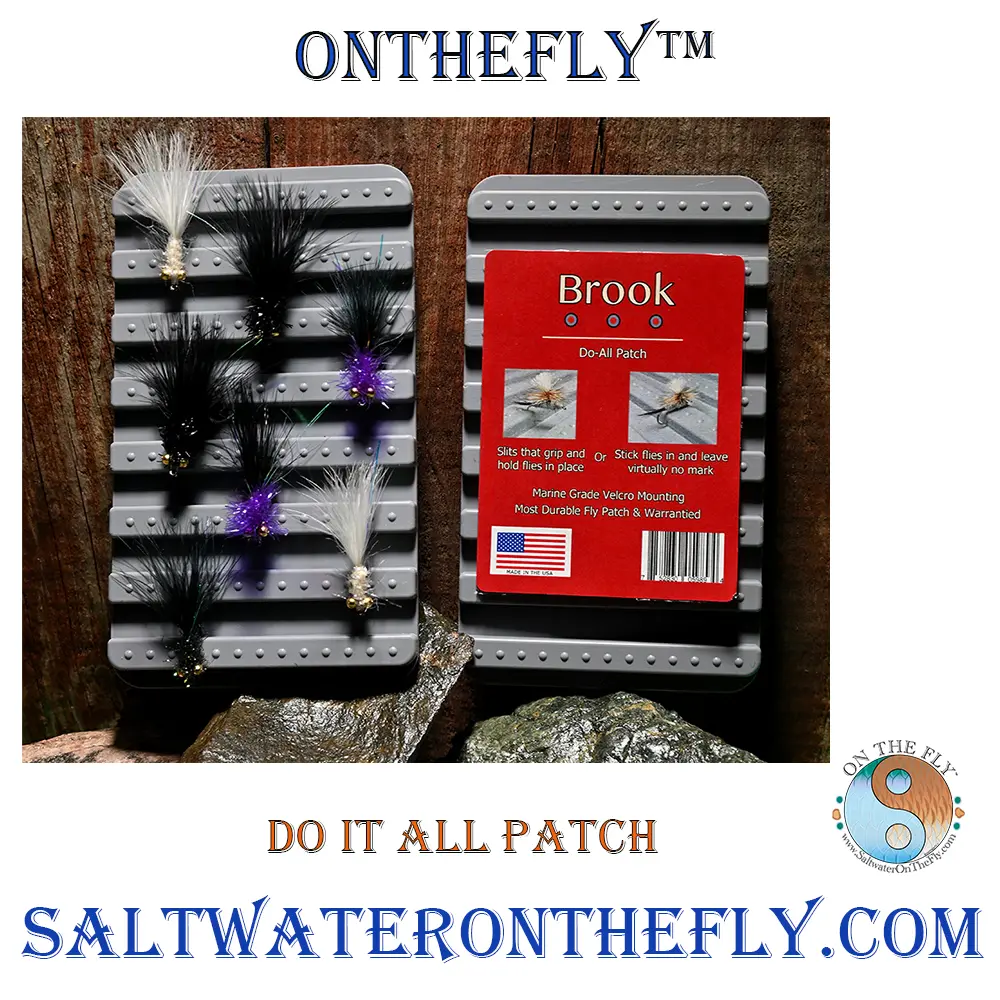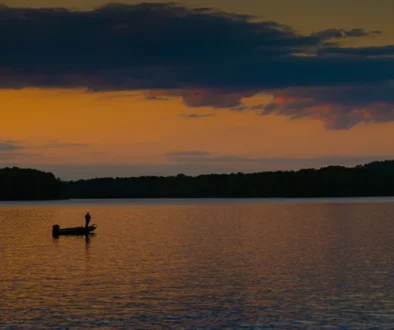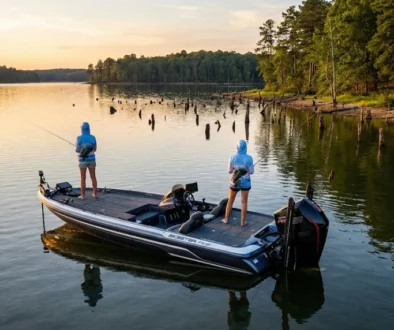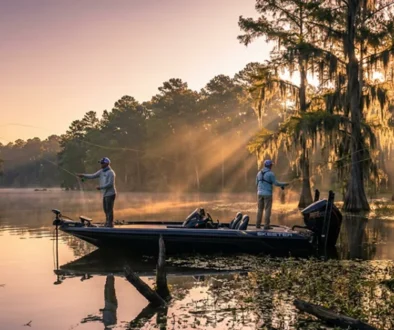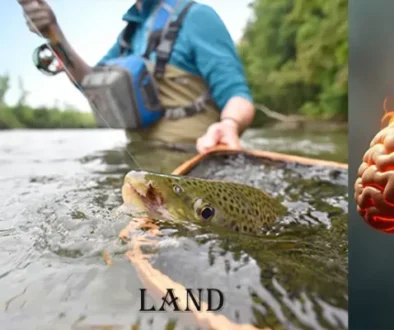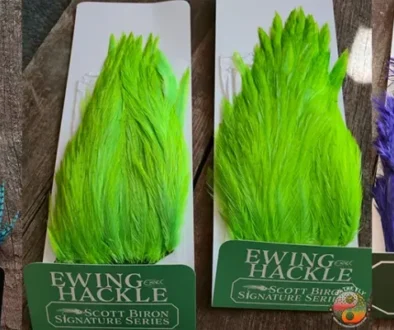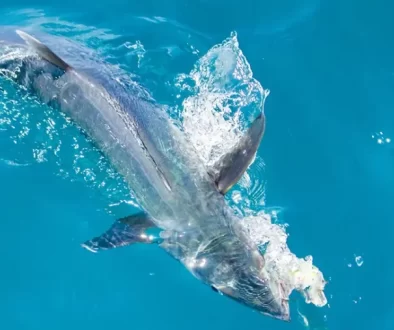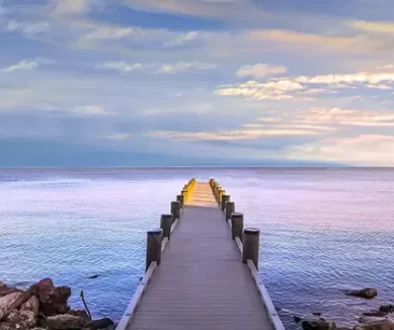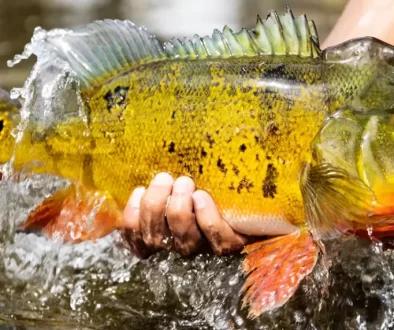How to Start Fly Fishing for Atlantic Salmon
Ever dreamed of standing waist-deep in a glistening river, your fly line dancing above the water’s surface before landing with a gentle splash? Welcome to the captivating world of how to start fly fishing for Atlantic Salmon. A pursuit that’s as much artistry as it is sport.
This journey will transport you into the heart and soul of some incredible aquatic ecosystems. We’ll learn about these majestic creatures – Salmo Salar – and their intriguing migratory patterns. Together, we’ll explore how they influence our choice of gear, casting techniques, and ultimately, success.
We’ll dissect essential tools like shooting heads; understand why seasoned anglers choose wet flies over others; unravel nuances behind single-handed rods versus double handed ones – all vital cogs in this thrilling machinery called Atlantic salmon fly fishing. Once you learn how to start fly fishing for Atlantic Salmon you’ll never stop. It will become an obsession.
But the adventure isn’t over yet! We’ve still got conservation and safety to talk about.
Table Of Contents:
- Understanding Atlantic Salmon and Their Habitat
- Essential Gear for Fly Fishing for Atlantic Salmon
- Fishing Techniques and Strategies for Atlantic Salmon
- Fly Selection for Atlantic Salmon
- Tuning Your Skills and Gear for Atlantic Salmon Fly Fishing
- Safety Measures and Etiquette in Fly Fishing
- FAQs in Relation to How to Start Fly Fishing for Atlantic Salmon
- Conclusion of How to Start Fly Fishing for Atlantic Salmon
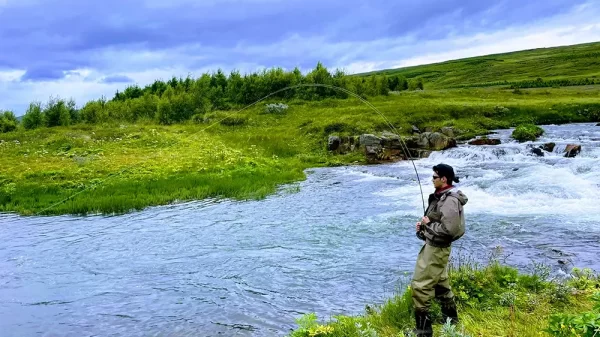
Understanding Atlantic Salmon and Their Habitat
If you’ve ever wondered what makes the Atlantic salmon (Salmo salar) such a coveted catch among fly fishers, let’s dive into their intriguing world. Known for their resilience and remarkable life cycle, these magnificent creatures are found in various freshwater streams, rivers, lakes, estuaries – all the way to open ocean.
Identifying Atlantic Salmon
To identify an Atlantic salmon, look out for their unique characteristics. When they’re in fresh water as juveniles or returning adults ready to spawn (known as grilse), they sport dark vertical stripes on a silvery-blue body. But don’t be fooled by this freshwater disguise; when it’s time to hit the saltwater highway – watch them transform. The silver scales intensify with hints of blue-green iridescence that perfectly blend with deep sea hues.
A word of caution though: spotting one is only half the battle won because catching them can truly test your skills as an angler.
Migration Patterns of Atlantic Salmon
The journey of an Atlantic salmon is nothing short of epic. These migratory dynamos begin life in cold-water tributaries before embarking on long-distance swims through varying habitats like fast flowing rivers and deep pools – all en route to feeding grounds in far-off oceanic pastures. Here’s where things get interesting: after several years fattening up at sea (salmon sashimi anyone?) they make U-turns back upstream to reproduce exactly where they were born — talk about homecoming.
This homing instinct means that specific runs become genetically adapted over generations to thrive within particular river systems. These adaptations influence when the salmon runs occur, and how fish behave – crucial insights for any angler looking to hook one.
It’s a combination of water level and temperature that signals their return from sea. And here’s where we anglers come in – armed with our rods, lines, flies (and polarized glasses.). We get ready to match wits with these crafty swimmers who are experts at navigating through varying water columns and exploiting every nook of the river fishing environment.
Essential Gear for Fly Fishing for Atlantic Salmon
If you’re gearing up to fly fish for the elusive Atlantic salmon, you’ve got quite an adventure ahead of you. But before we get into casting and reeling in these beauties, let’s take a look at some must-have gear.
The Role of Shooting Head in Fly Fishing
A key piece in your fishing arsenal is the shooting head. Don’t be alarmed by the name – shooting head is just a part of your line setup. The shooting head is essentially part of your line setup – typically heavier than its running line counterpart and designed to be cast long distances quickly.
Why does that matter? Well, because sometimes those crafty salmon are further out than our normal casts can reach. So how do we bridge this gap between us and our finned targets? Enter the two handed spey rod.
This tool helps achieve longer casts using both hands (who would have thought.). In particular situations where space behind an angler might be limited due to trees or shrubs—a common scenario on many small rivers—double-handed rods prove their worth by letting anglers perform spey casts efficiently.
The other alternative when going after Salmo salar—the scientific name for our friend, the Atlantic salmon—is a single handed rod. This type of rod provides more control over shorter casting distances compared to its two-handed sibling; however it may require additional skills like false casting or roll casting techniques.
No discussion about essential fly fishing gear would be complete without touching upon lines though. While floating lines work great under certain conditions like warm water temperatures or shallow water levels, there are times when sinking lines or sink tips might be the ticket to success. Different situations call for different sink rates—basically how fast your line sinks.
Think of it this way: You’re throwing a party (your cast), and you want to invite some friends over (Atlantic Salmon). If they’re hanging out on the rooftop patio (near the surface), then a light, floating line would do. But if they’re chilling in the basement playing pool (deeper waters), that’s where those sinking lines come into play.
Just keep in mind, our role here is significant.
American Made Spey Fly Reels
Hooking an Atlantic Salmon is only half the adventure. Feeling the force of the run and the singing of the reel and landing…
Take a look at the Whole Line of American Made Spey Fly Fishing Reels Click Here.
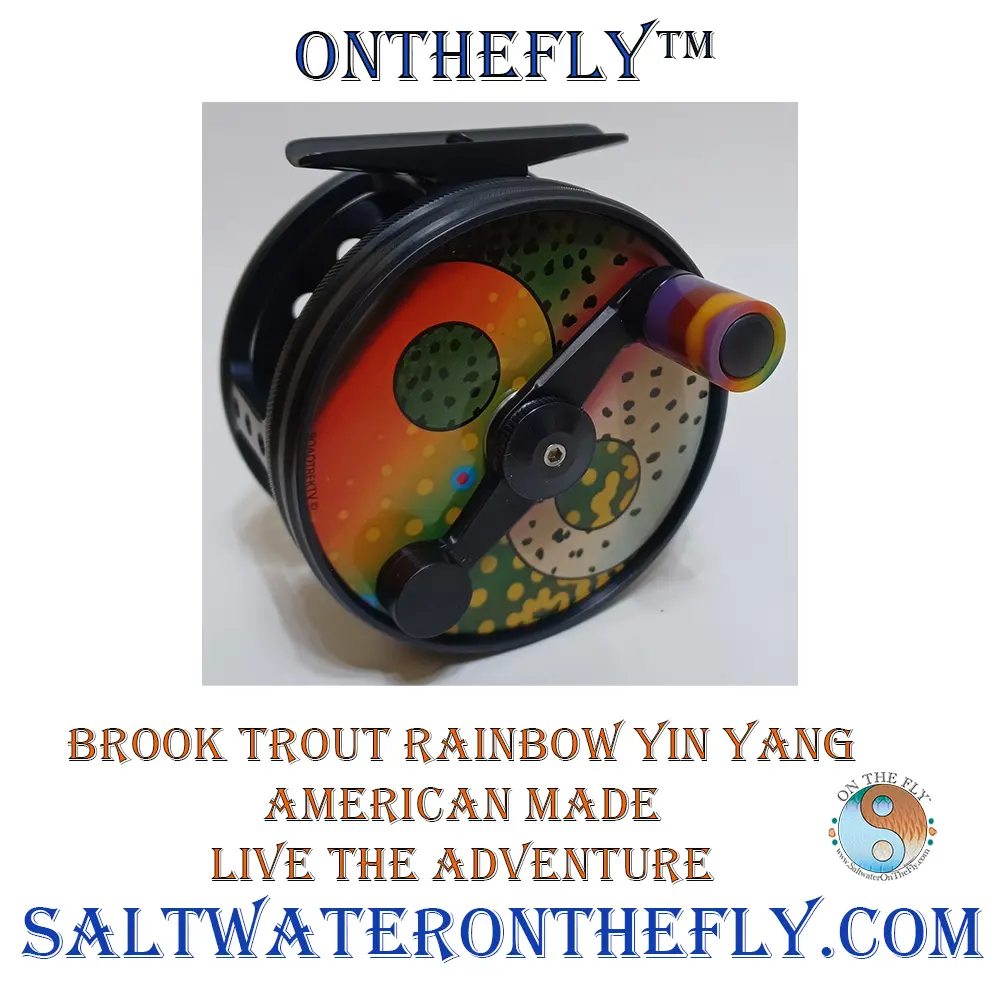
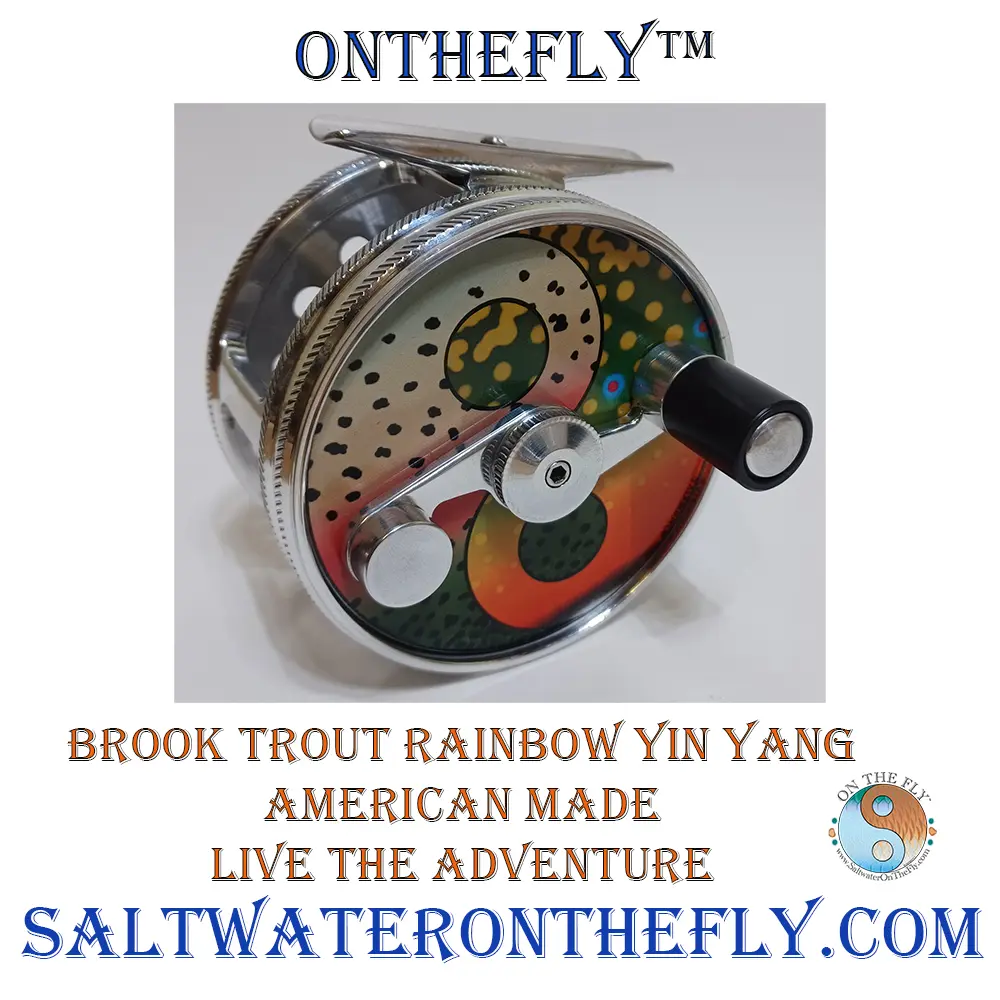
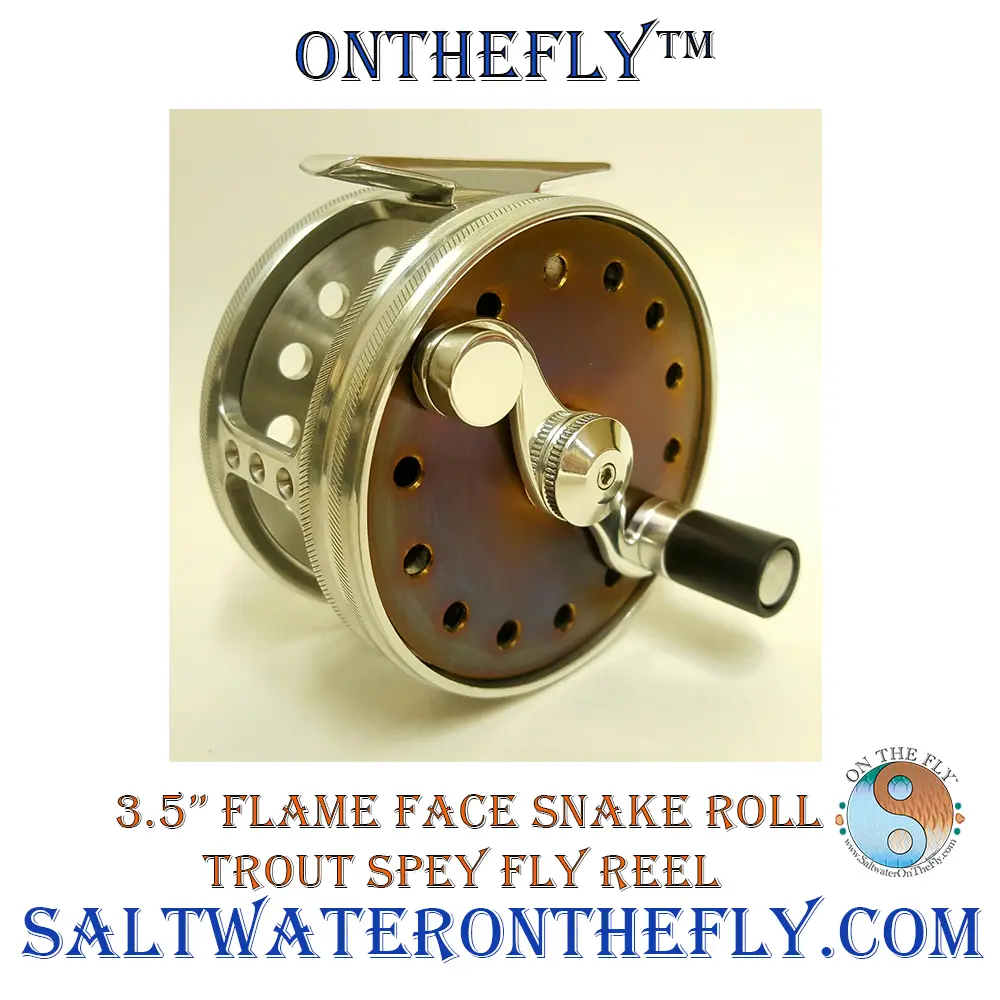
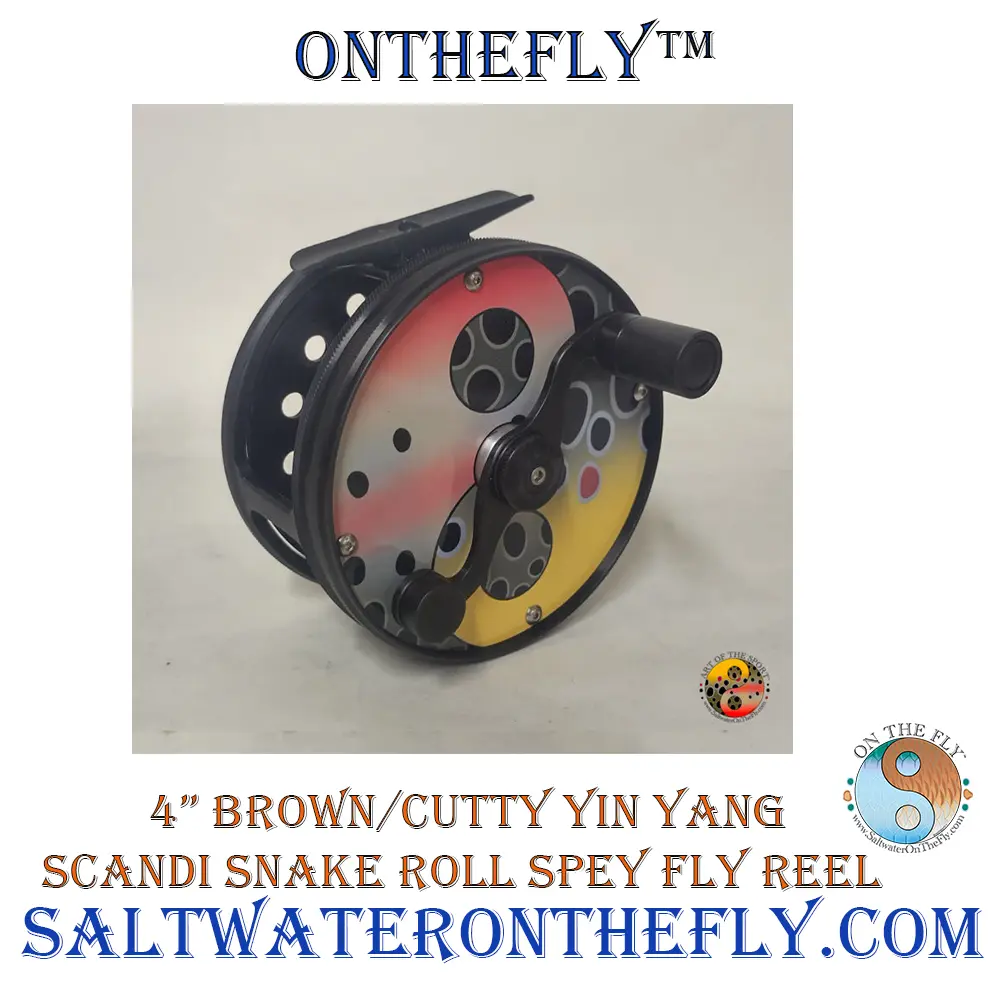
Fishing Techniques and Strategies for Atlantic Salmon
As a seasoned fly fisherman, you might agree that fishing for Atlantic salmon can feel like dancing. It’s all about the rhythm – casting your line, letting it swing in the current, then retrieving it at just the right moment. However, there is a deeper level of finesse required for this aquatic ballet.
The Art of Casting: Roll Cast and Spey Cast
Whether you’re using a single handed rod or double handed rods, mastering both roll cast and spey cast techniques is crucial when targeting Salmo Salar. The roll cast allows you to get your fly out on smaller rivers without backcasting room while spey casting offers longer reach on larger waters. To get that swing on and get the party going.
This doesn’t mean switching from Taylor Swift-style moves (read: short casts) with single-handed rods to Beyonce-esque performances (a.k.a lengthy casts) with double-handers will automatically win over those silver beauties. Remember what they say about practice? Yeah, that applies here too.
River Dynamics: Read Between The Lines… Literally.
If river fishing was an episode of Sherlock Holmes’ adventures, water columns would be our elusive clues leading us towards victory – catching Atlantic salmon. Different sink rates help us decipher these ‘clues’, giving access to deeper pools where Mr.Salmon likes hiding. Atlantic Salmon: The Eternal Mystery, delves into how experienced anglers use varying approaches & tools depending upon river conditions.
Casting Angle And Mend:
Maintaining a degree angle during your presentation can greatly influence its success. Ideally aiming around 45 degrees downstream lets your fly swing across the current, mimicking a real insect’s movement. This is often called “the swing”.
But wait. There’s more to it than just casting and hoping for a fish to bite. The trick lies in mastering an upstream mend after your cast, allowing your fly to travel at the same speed as the water flow.
Atlantic Salmon Fly Fishing in Iceland
Panoramic views that will take your breath away, with an Atlantic Salmon at the end of your fly rod. Learn More and Book a Trip Click Here.
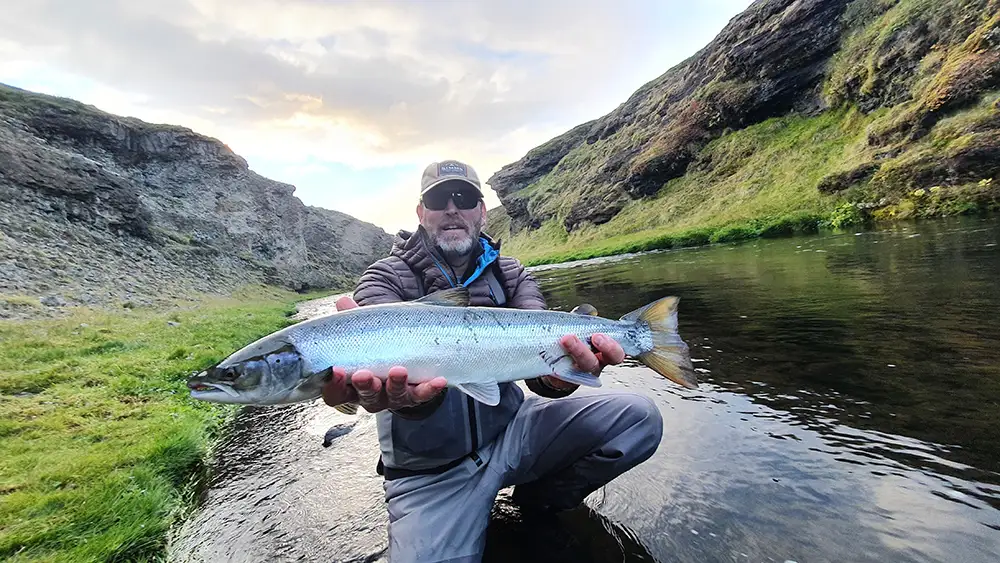
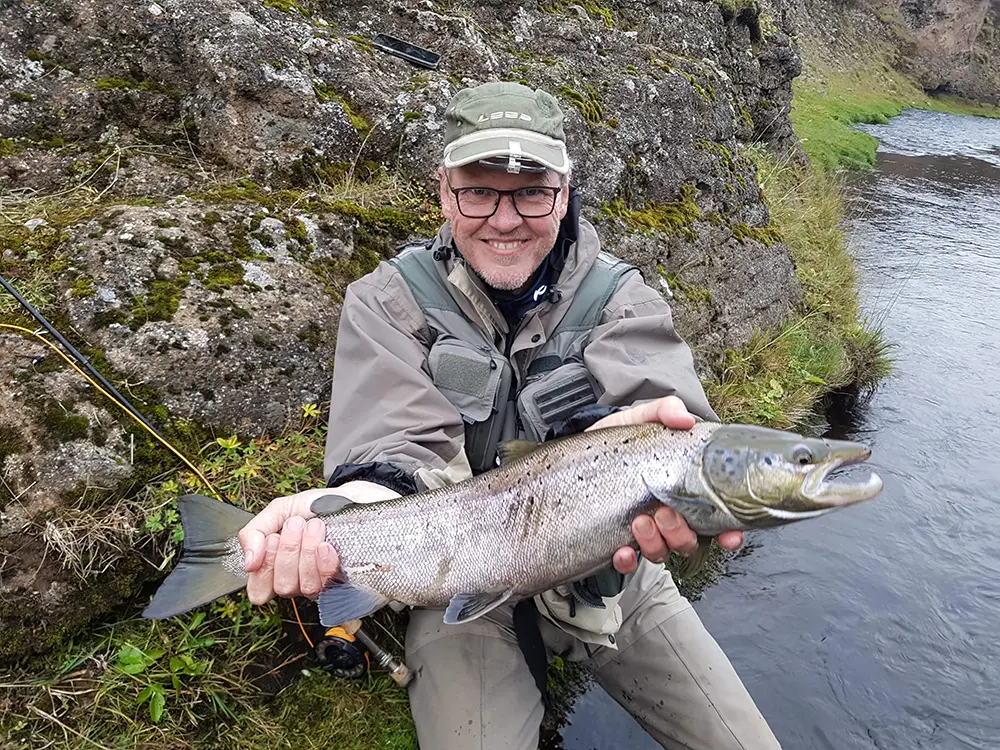
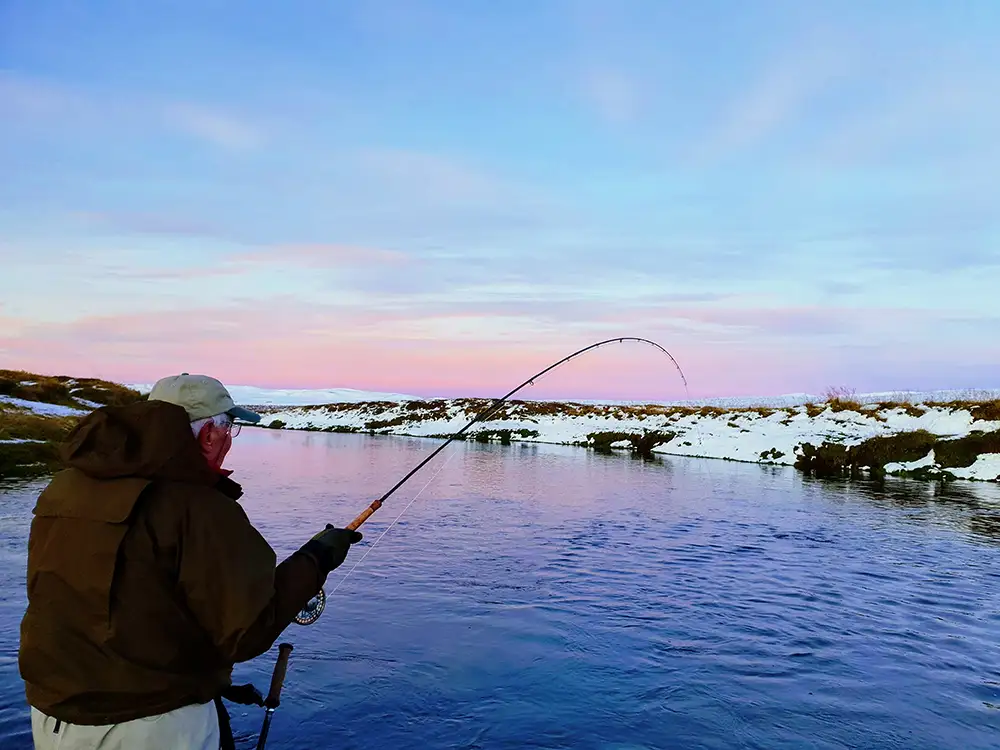
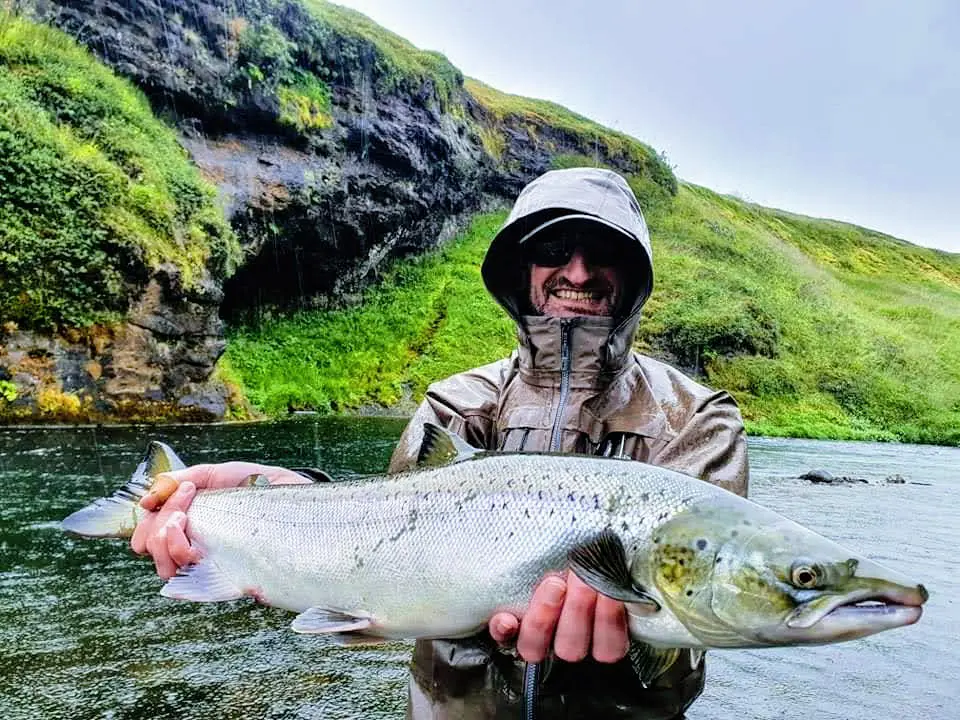
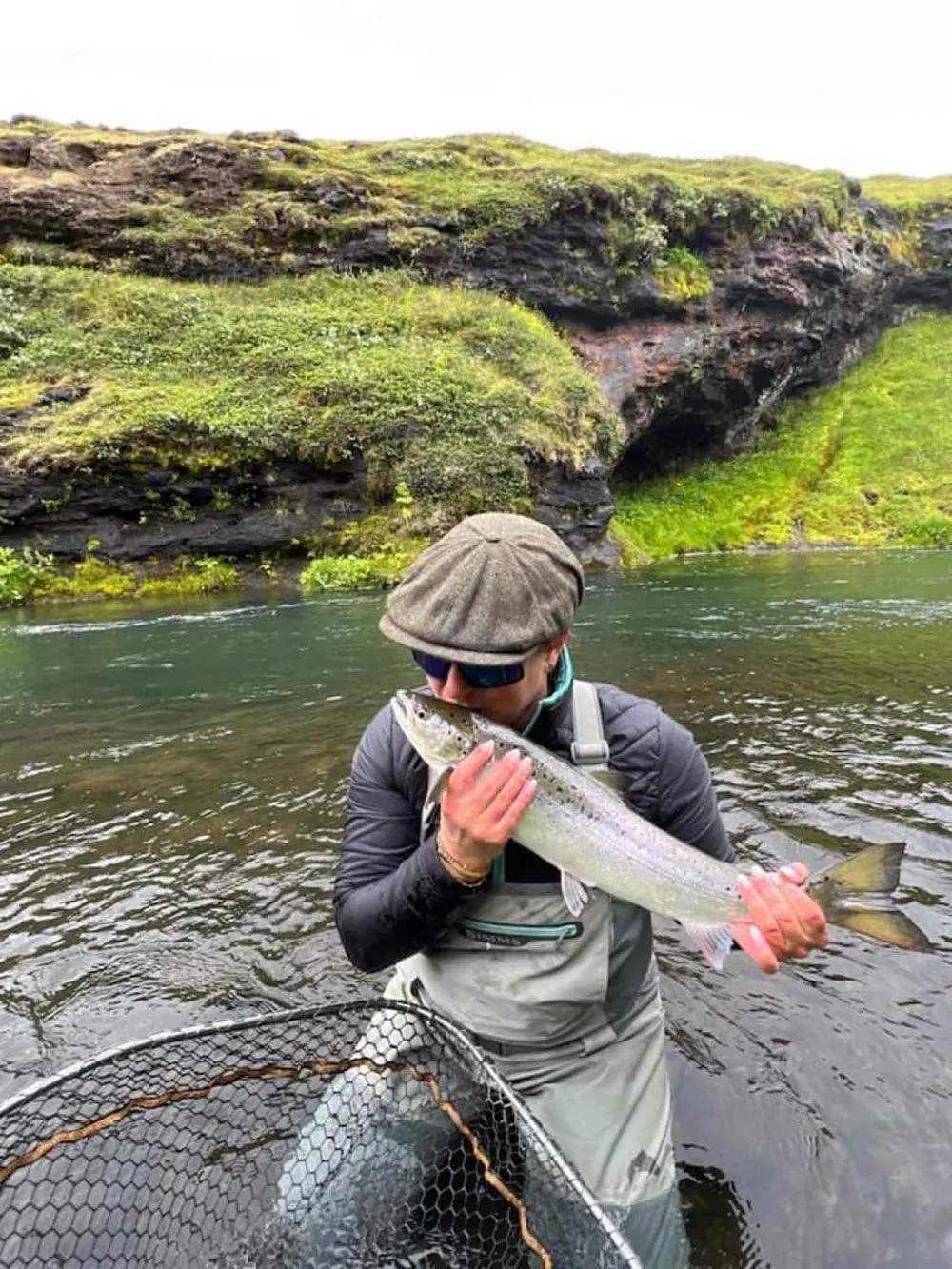
Fly Selection for Atlantic Salmon
When it comes to fly fishing, choosing the right flies can be as important as mastering your casting technique. It’s like getting ready for a social gathering – you gotta make sure to wear the right clothes. And when we’re talking about Atlantic salmon fly fishing, things get even more interesting.
The Role of Wet Flies in Atlantic Salmon Fishing
You might wonder why wet flies are often chosen over their dry counterparts when hunting for the mighty Salmo Salar (that’s Latin for Atlantic salmon). Well, let me spill some tea here: salmons love drama.
In other words, they prefer big flashy stuff that catches their eye and makes them feel something. Now put on your polarized glasses because this is where small flies come into play – particularly those of the ‘wet’ variety.
Wet fly fishing offers an edge simply because these underwater artists dance seductively in flowing water, catching light and looking irresistible – kind of like disco balls at an underwater rave party.
Sure enough, no one wants to show up underdressed at such a glitzy event. So if you wish to enjoy success on your Atlantic salmon fishing trip (yes double ‘salmon’ just emphasizes how serious I am), make sure you stock up on some shiny wet gear. And remember it’s about being there.
Remember this simple rule – bigger isn’t always better. Smaller rivers call for smaller parties or rather smaller baits so keep handy small sized hooks loaded with tiny but bright flies. Conversely, in big rivers or fast flowing water, don’t hesitate to bring out your larger wet flies.
As a successful salmon angler and an ardent fly fisher myself, I can vouch for the effectiveness of this strategy. It’s not about just filling up your fly box, it’s about picking the right ones that work.
You may ask why? Well, if you were attending a masquerade ball wouldn’t you want to stand out? Same logic applies here. The goal is simple: be noticeable.
Tuning Your Skills and Gear for Atlantic Salmon Fly Fishing
Atlantic salmon fly fishing is an art form. It’s a dance between the angler, their gear, and the fish. As highlighted in this guide, there are different approaches to this lifetime sport that can enhance your success on the water.
Fine-Tuning Your Casting Technique
To begin with, let’s talk about casting technique – specifically for those using double-handed rods or single-handed rods which are popular among experienced anglers targeting Salmo Salar (the scientific name for Atlantic salmon). You want to aim at a 45-degree angle downstream; it’s often referred to as ‘The Golden Rule’ by seasoned salmon anglers.
The reason behind this angle? It lets your fly swing across the current in what is called “the swing.” This mimics how natural prey moves in flowing water – exactly what you need when trying to trick these smart swimmers into biting.
Casting upstream might seem tempting because it gives your fly more time in moving water where salmons love hanging out. But remember: consistency of presentation wins over duration any day. So stick with aiming diagonally downstream and letting nature do its work.
Selecting Suitable Gear
Picking suitable gear also plays a critical role in catching fish successfully. For instance, choosing between single-handed or double-handed rod depends largely on factors such as river size and conditions. Small rivers may only allow space enough for shorter casts thus making single-hand rods ideal while big rivers may require longer casts hence necessitating use of double hand ones. In essence, choose equipment based on specific needs instead of blindly following trends or biases.
Another crucial part of your gear is the line. Shooting heads, known for their sink rates and long casts, are often favored by salmon anglers. With a shooting head, you can easily adjust the depth at which your fly swims – it’s all about adapting to where the fish are.
Perfecting Your Fly Choice
Don’t fall into the trap of thinking that a big fish like Atlantic Salmon always needs a big fly. Size isn’t everything, especially in fishing.
River Outdoor Apparel for Layering Comfort
Mornings, evenings and even all day long it can be cool. Or just down right cold. A good outer and base layer are important. For your comfort and safety. A wind and rain resistant hydrophobic outer layer or under the rain jacket in that down pour.
Good fingerless gloves, leggings and a light weight performance upper torso base layer. Could be use as a outer layer in the right conditions, being its a UPF-50 sun protection. Take a look at the whole Performance Outdoor Apparel Line Click Here.

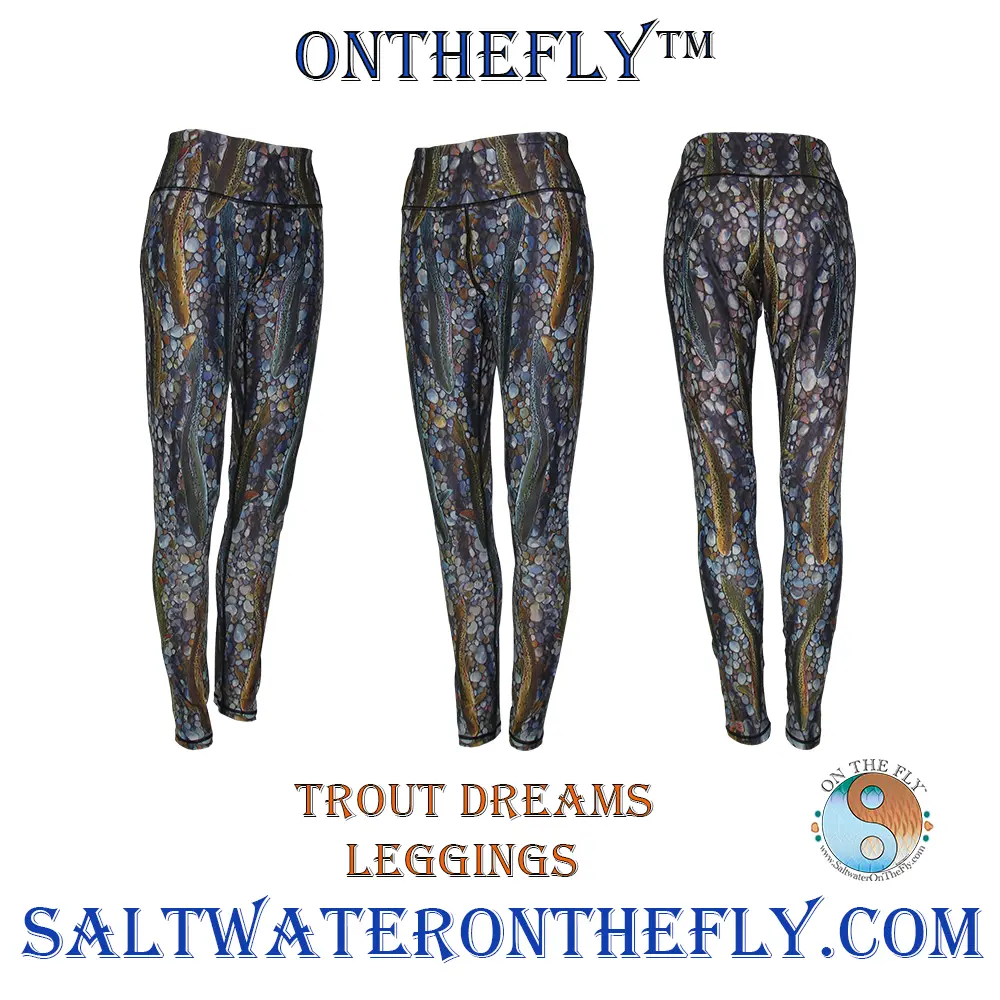
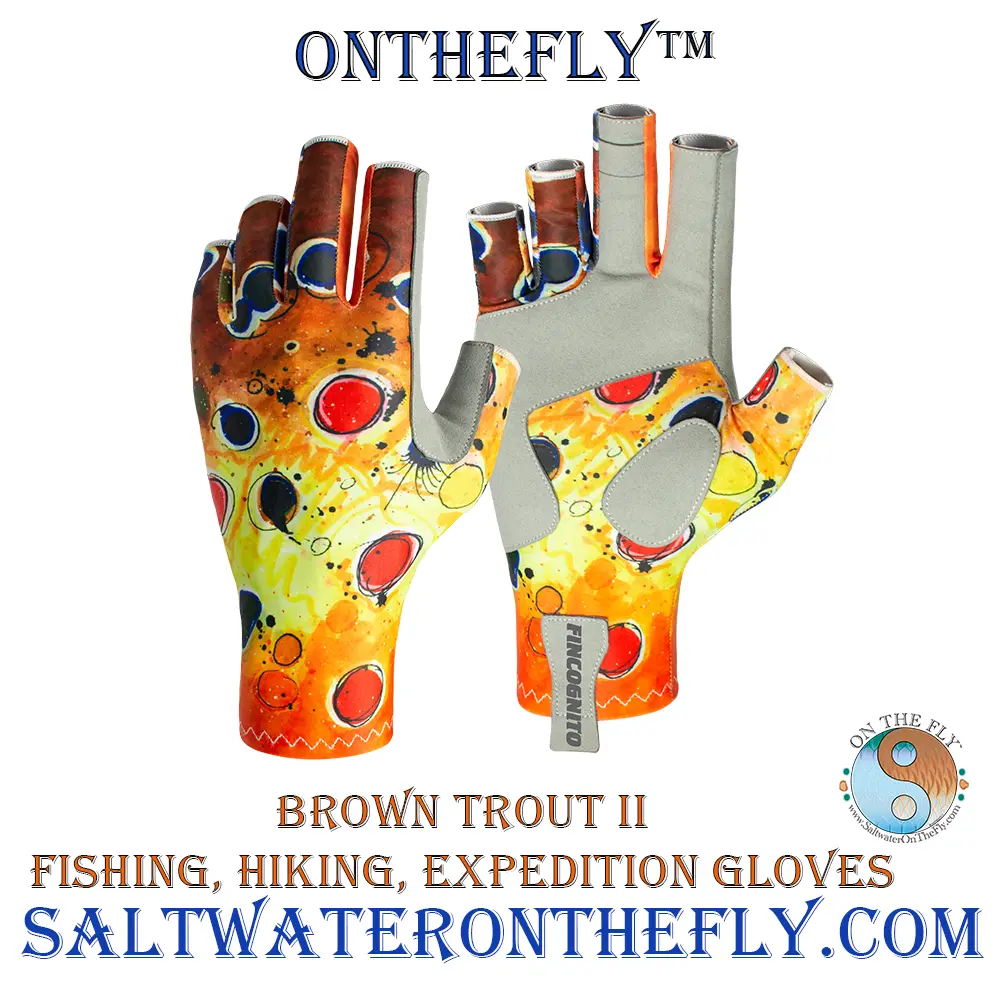

Safety Measures and Etiquette in Fly Fishing
Whether you’re a seasoned angler or new to the world of fly fishing, safety should always be your first concern. A slip on a mossy rock could end your day faster than an empty fly box. But don’t worry. I’ve got some handy tips for staying safe while out on the water.
The first rule is simple: wear polarized glasses. They not only help with spotting fish but also protect your eyes from rogue hooks – something no one wants to experience. And speaking of hooks, make sure they are barbless or have crushed barbs; this reduces harm to both you and our finned friends.
Fly Fishing Attire 101
When it comes to clothing, remember that fashion doesn’t trump function here. You need sturdy boots with excellent grip – trust me when I say falling into fast flowing water isn’t as fun as it sounds.
If you’re heading into cold water rivers, waders can provide essential insulation against hypothermia which salmon anglers often overlook. As someone who’s spent many days fishing these waters, let me tell you there’s nothing worse than trying to tie knots with numb fingers because my waders weren’t up-to-par.
River Start Safely
Now let’s talk about entering the river safely. Always keep three points of contact (two feet and one hand) whenever possible—balance is key when dealing with slippery rocks under moving water conditions.
If faced with deep pools where footing may be uncertain due to murkiness in the current—my experiences taught me this happens more often than you’d think—using a wading staff can help maintain balance. A safety tip to remember is always lean upstream against the current, and never underestimate its strength.
Fly Fishing Etiquette
Now that we’ve got your safety covered let’s talk etiquette. Just like there are rules on the golf course, there are unspoken norms when it comes to fly fishing in salmon rivers or any river for that matter.
First off, make sure you give other anglers plenty of space. It’s fishing we’re talking about here, not a Black Friday shopping spree.
FAQs in Relation to How to Start Fly Fishing for Atlantic Salmon
How do you catch Atlantic salmon on a fly?
To hook an Atlantic salmon, use the right gear and flies. Understand their behavior and migration patterns. Perfect your casting technique and presentation.
How do you fish for Atlantic salmon?
Fishing for Atlantic Salmon involves using suitable rods, lines, and shooting heads. You’ll also need to master techniques like roll cast or spey cast.
What size fly rod for Atlantic salmon?
A double-handed rod around 13-15 feet is generally used for large rivers when targeting big atlantic salmons.
What is the best fly line for beginners salmon?
The sinking line works well as it lets your fly swim deeper in water columns where Salmons are likely found.
Conclusion of How to Start Fly Fishing for Atlantic Salmon
Now you’re set to embark on the journey of how to start fly fishing for Atlantic Salmon. We’ve dived deep into understanding these magnificent creatures and their habitats, focusing particularly on their unique migration patterns.
We’ve unpacked essential gear like shooting heads, single-handed rods versus double handed ones. Unraveled why wet flies are a preferred choice among seasoned anglers. All key pieces in this puzzle called salmon fly fishing.
Safety can’t be overlooked. And respect – for fellow anglers and our environment – is paramount too.
In essence, we’ve equipped you with insights that will help transform your days fishing from just casting lines into creating unforgettable experiences! Tight Lines!

